Entrepreneur Stories
How To Build Your Brand Without Using Social Media

With the digitization of nearly every field, it has become part and parcel of branding now to make the most of social media. However, digital marketing isn’t the only way to push your brand forward. In fact, in most cases, it has the opposite impact on your brand’s image. The more tactics you use to promote your brand, the better results you get. This is why, today, we bring to you tools which help your brand grow without you having to focus on digital marketing entirely!
1. Develop a thorough understanding of your target audience

Picture credits: cornerstoneead.com
Before you get your brand introduced to the rest of the world, it is important to get a sense of who your target audience is. In order to really get an insight into your key demographic, get a clear understanding of what the customer would want from you. By getting to know your customers’ wants and preferences, you can get a clear picture about how to promote your brand as well. The minute you tap into the preferences, you can figure out how to make people want to buy things from you.
2. Improve your brand’s visuals

Picture credits: sproutsocial.com
According to studies, the more visually appealing your brand’s visuals are, the stronger the recall. Your logo is the most important aspect of your brand. Why? Because apart from the brand’s name, the first thing which catches the attention of a potential customer is your logo. With your logo forming the essence of your identity, it is vital you spend as much time and effort possible on perfecting the way you want it to look. It only takes 10 seconds for your logo to stay embedded in your audience’s memory, so whatever it takes, do not skimp on the finer details!
3. Concentrate on your website

Picture credits: zoho.com
Just like it is important to have a visually strong logo, it is important to have a great website. Your homepage should be the page which, without being too cluttered, shows all the relevant information. From pictures of your products, to videos about how to use the products to your advantage, your website should have all the necessary information ready for users to access the moment they land on your home page. Moreover, just like how you use social media for running contests and spreading the word, you can do the same on your brand’s website. Make your website interactive and to the point, with the user’s ease as your primary focus.
4. Have customer service as your major goal

Picture credits: inc42.com
For any brand to be recognised, customer satisfaction should always be the key focus. Without your customers, there really is no point of having a brand. Focus on how to make your customers want to keep coming back to you and on how they will tell their friends about you. Have message icons on your brand’s website and keep a steady conversation flowing between your brand and the people who have questions. Display your contact information at easily viewable places so that when it comes to communication, you don’t have any fallouts. Good customer service is an essential brand building tool as it not only helps in building your customer’s trust, it also increases the loyalty factor!
When you work on your brand, you are putting all your heart and soul into the project. When it comes to promoting yourself on the world of the internet without using social media, you need to be extremely careful. If you think we missed out on any other ways to promote your brand without using social media, comment and let us know!
Videos
T.N. Seshan: The Fearless Reformer Who Redefined Indian Democracy
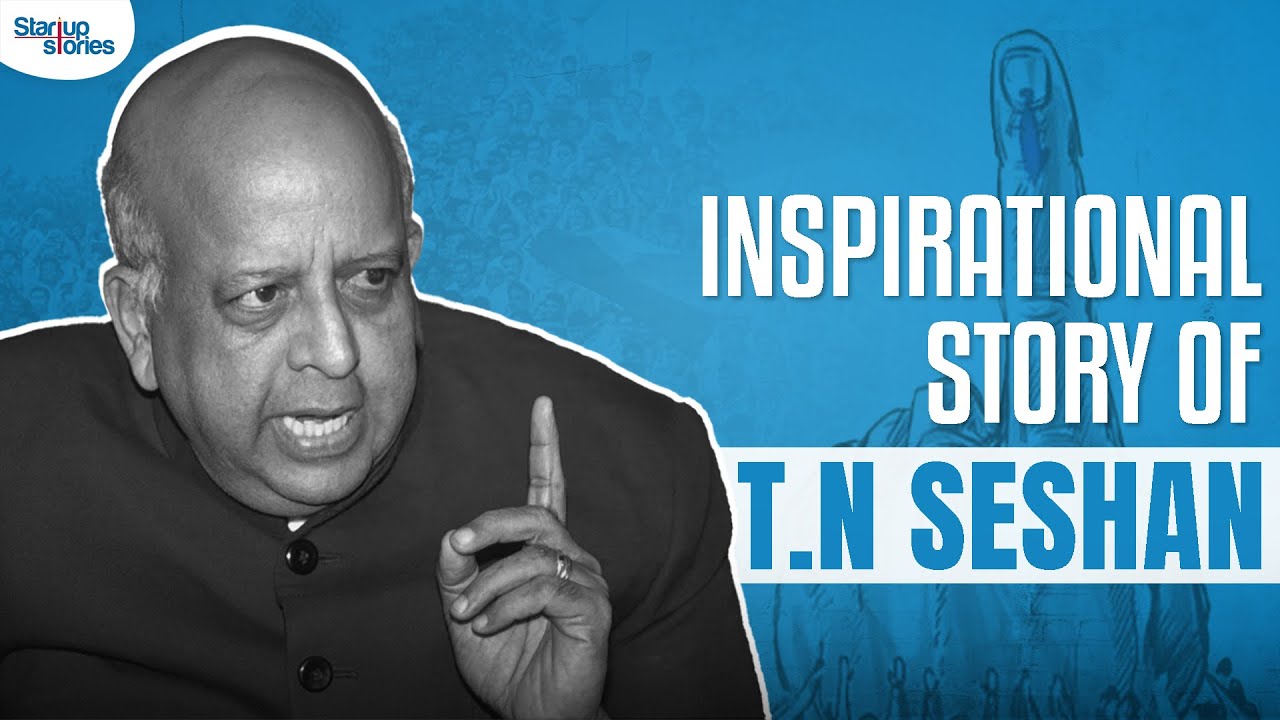
T.N. Seshan’s name stands tall in India’s history as the man who transformed the nation’s electoral system with extraordinary courage and integrity. Born in 1932 in Kerala, Seshan grew up with values of discipline, education, and service to the nation — virtues that shaped his illustrious journey. From his early brilliance at Madras Christian College to his advanced studies in public administration at Harvard University, Seshan’s path reflected rare determination and intellect. Joining the Indian Administrative Service in 1955, he built a reputation as a no‑nonsense officer committed to efficiency and honesty, serving in key roles such as Secretary of Defense and overseeing vital national programs.
As the Chief Election Commissioner of India in 1990, T.N. Seshan sparked a new era of electoral integrity. In a system once marred by corruption, violence, and malpractice, Seshan brought order, fear, and respect through his groundbreaking reforms. He introduced voter ID cards, imposed strict spending limits on campaigns, and insisted on transparency at every level of the election process. Despite criticism from political circles that labeled him dictatorial, his relentless pursuit of fairness empowered every citizen to vote fearlessly. Under his leadership, the Election Commission became a symbol of strength and integrity in Indian democracy.
Seshan’s passing in November 2019 marked the end of an era, but his message continues to resonate across generations. Leaders from every corner of the country mourned the loss of the man who restored faith in free and fair elections. His enduring legacy reminds us that true leadership lies not in wielding power, but in serving people with honesty, courage, and conviction. T.N. Seshan’s life remains a timeless inspiration a reminder that democracy thrives only when its citizens are vigilant, responsible, and fearless.
Entrepreneur Stories
Indian Man Quits JPMorgan, Takes 70% Pay Cut to Launch $6 Million Startup
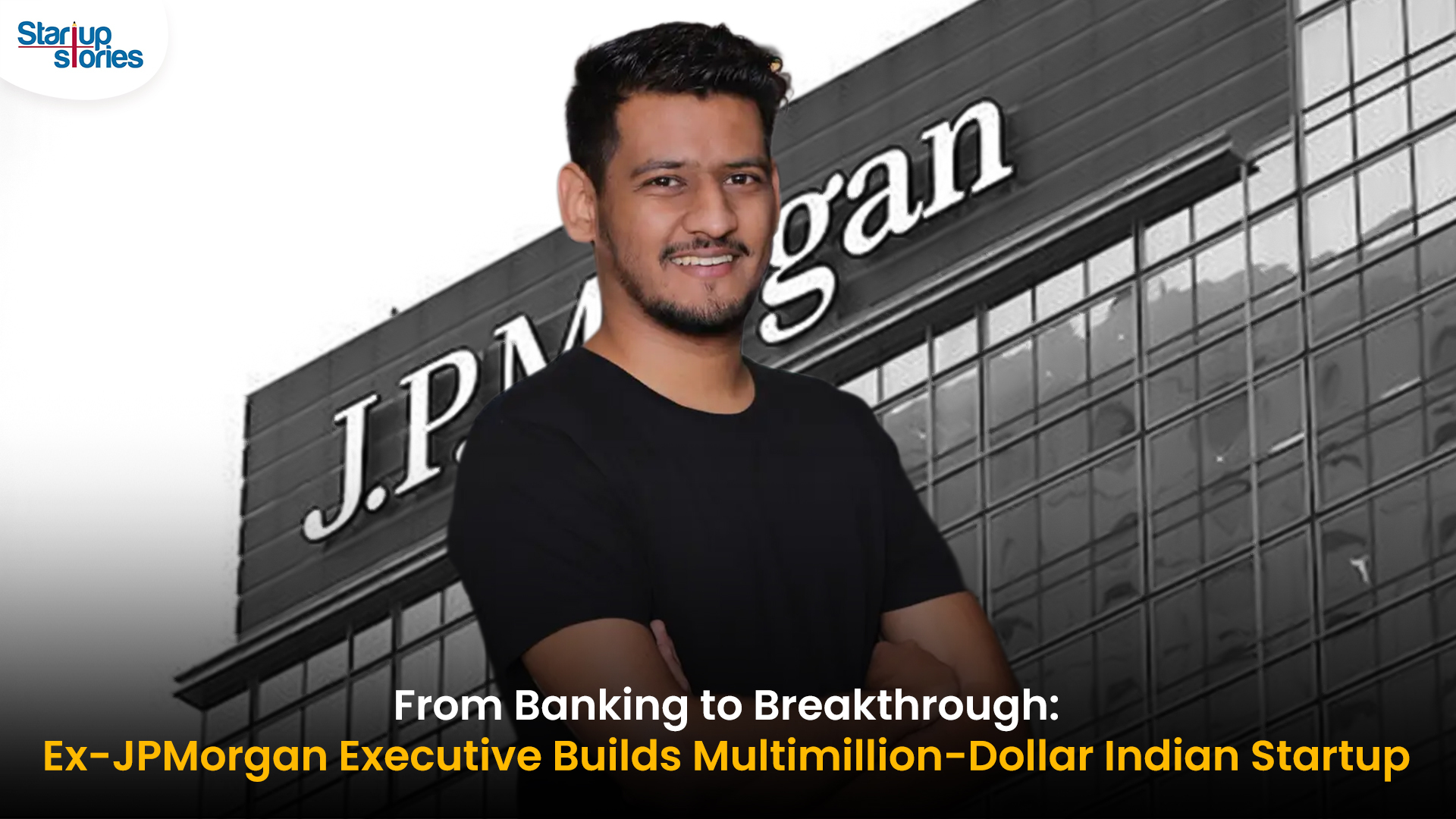
Leaving behind a high-paying job at JPMorgan, an Indian entrepreneur embraced a 70% salary cut to pursue true purpose and passion in the startup world. Disenchanted with what he described as a “robotic” corporate routine, he sought meaningful work that made a real impact. This pivotal decision marked the beginning of his new journey, one focused on value creation rather than titles and corporate perks.
Powered by resilience and fresh perspective, the entrepreneur launched his own startup, prioritizing innovation and hands-on solutions. The road was challenging, but his vision resonated with the market: the startup quickly gained traction and raised $6 million—an impressive acknowledgement of its potential in a competitive landscape. Every hard lesson from early setbacks and bootstrapping paid off in real customer growth and investor confidence.
Today, his journey stands as an inspiring example for professionals seeking authentic success outside the corporate grind. By trading comfort for creative freedom, he grew a venture that solves important problems, generates jobs, and builds wealth beyond just salary. For ambitious founders, his story highlights the power of risk-taking, adaptability, and relentless focus on impact in India’s thriving startup ecosystem.
Videos
Larry Page: The Visionary Co-Founder Behind Google’s Global Success
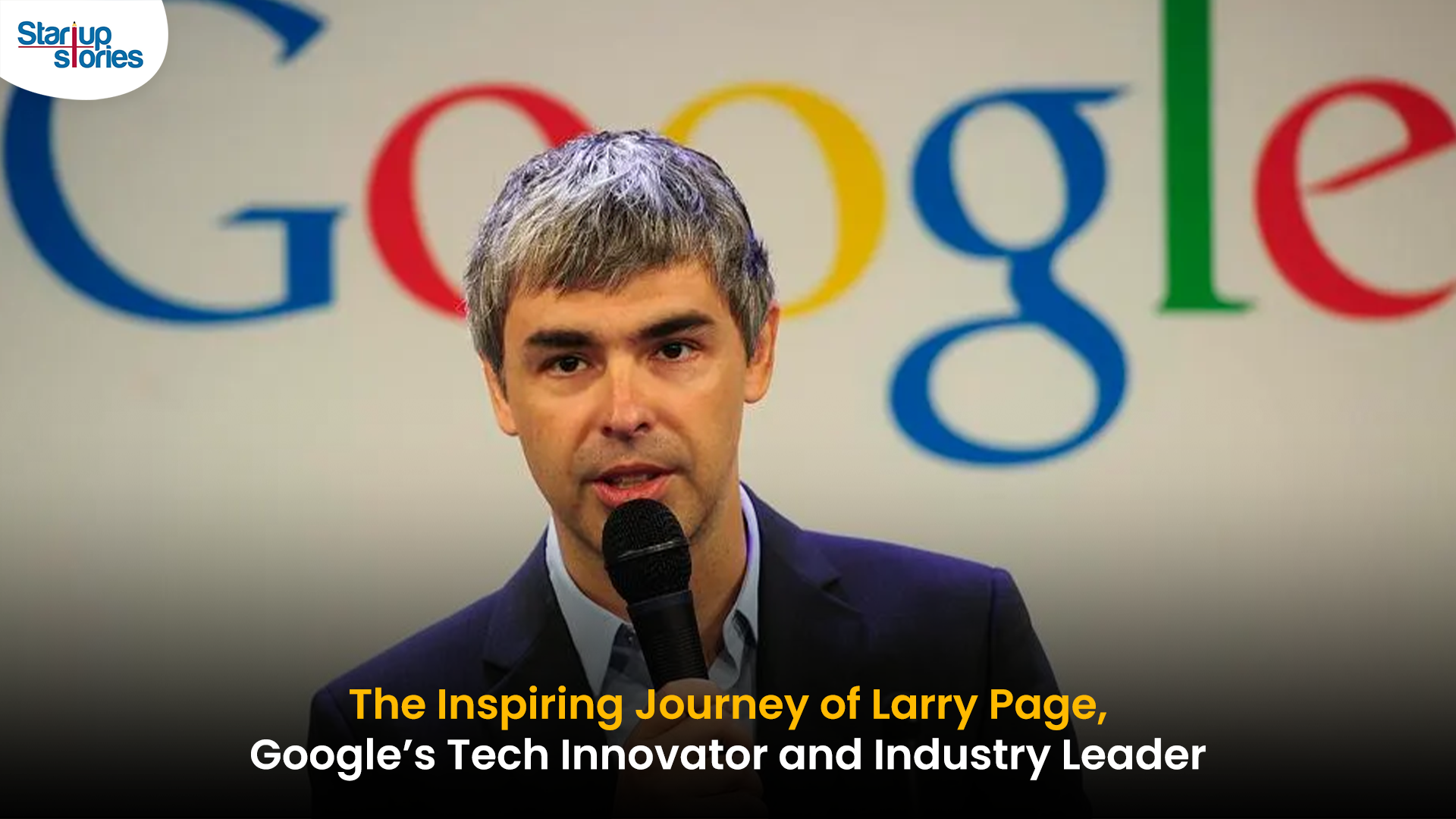
Larry Page is a visionary technology entrepreneur and co-founder of Google, one of the world’s most influential companies. Born in 1973 in Michigan, Page grew up surrounded by computer technology, which inspired his passion for innovation from an early age. He studied computer engineering at the University of Michigan and later pursued his PhD at Stanford University, where he developed the revolutionary PageRank algorithm with Sergey Brin. This technology fundamentally changed the way search engines rank websites, making Google the most accurate and popular search engine globally.
The journey of Larry Page and Google began in 1998 when they officially launched the search engine from a small garage. Leveraging their unique algorithm, Google quickly surpassed competitors due to its ability to deliver highly relevant search results, transforming internet search forever. Under Larry Page’s leadership as CEO, Google expanded beyond search to launch groundbreaking products including YouTube, Gmail, and Google Maps, turning it into a global tech powerhouse that shapes how we access and interact with information online.
Larry Page later became the CEO of Google’s parent company, Alphabet Inc., driving innovation and investment in next-generation technologies such as artificial intelligence, autonomous vehicles, and healthcare solutions. His visionary leadership and commitment to technological advancement have cemented his legacy as one of the most influential figures in the tech industry. Today, Larry Page remains a key influencer in shaping the future of technology and digital innovation worldwide.


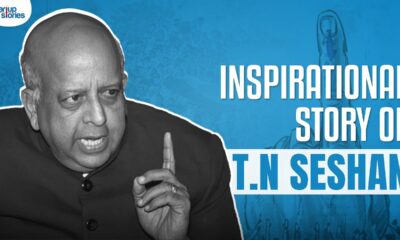



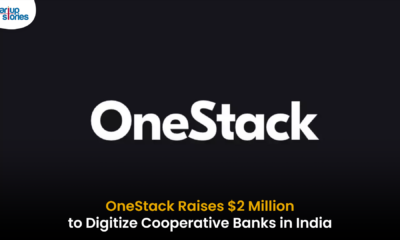








J88
November 5, 2025 at 10:58 am
Đến với J88, bạn sẽ được trải nghiệm dịch vụ cá cược chuyên nghiệp cùng hàng ngàn sự kiện khuyến mãi độc quyền.
MM88
November 6, 2025 at 11:04 am
Với giao diện mượt mà và ưu đãi hấp dẫn, MM88 là lựa chọn lý tưởng cho các tín đồ giải trí trực tuyến.
谷歌站群
November 6, 2025 at 4:25 pm
专业构建与管理谷歌站群网络,助力品牌实现全域流量的强势增长。谷歌站群
Kuwin
November 8, 2025 at 9:13 pm
kuwin sở hữu kho game đa dạng từ slot đến trò chơi bài đổi thưởng, mang đến cho bạn những giây phút giải trí tuyệt vời.
站群程序
November 14, 2025 at 2:38 pm
采用高效谷歌站群策略,快速提升网站在搜索引擎中的可见性与权重。谷歌站群
MM88
November 15, 2025 at 9:30 am
Khám phá thế giới giải trí trực tuyến đỉnh cao tại MM88, nơi mang đến những trải nghiệm cá cược thể thao và casino sống động.
iwin
November 30, 2025 at 1:05 am
iwin – nền tảng game bài đổi thưởng uy tín, nơi bạn có thể thử vận may và tận hưởng nhiều tựa game hấp
GO88
November 30, 2025 at 3:23 am
Tham gia cộng đồng game thủ tại Go88 để trải nghiệm các trò chơi bài, poker phổ biến nhất hiện nay.